How to choose the right Mac for you in 2024
Posted on
by
Kirk McElhearn
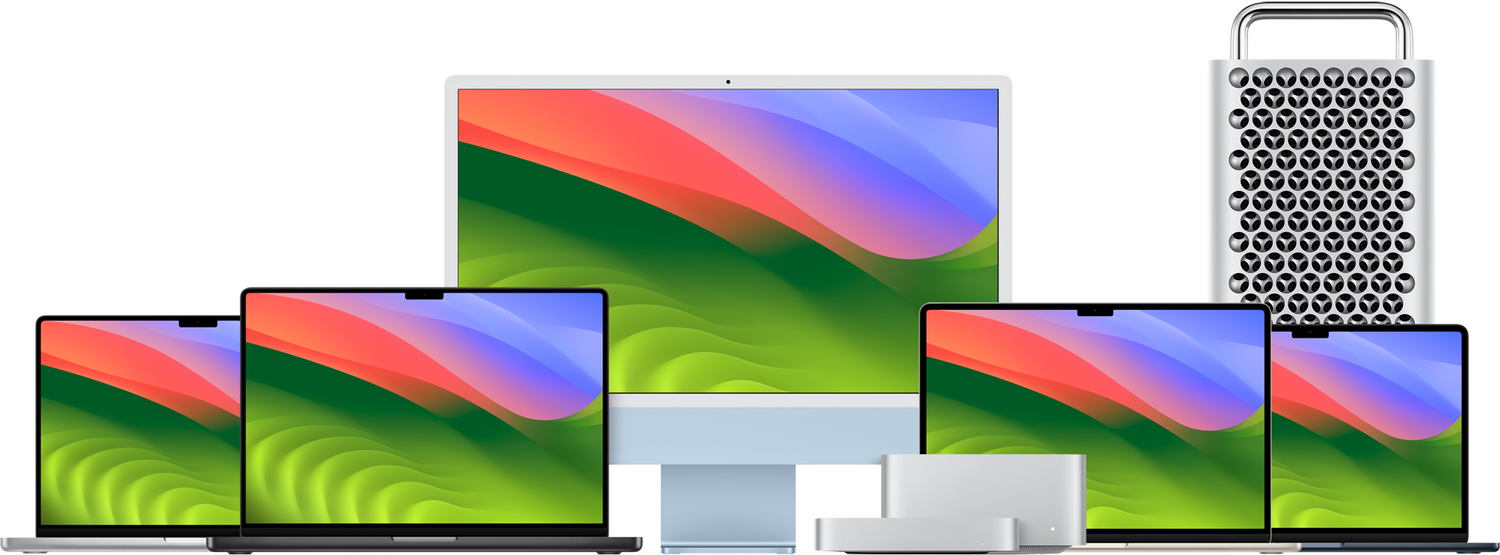
Apple’s Mac product line has changed a lot in the past few years, and if you’re looking for a new Mac, you have a number of options to consider. For some people, it’s a simple choice, but for others, deciding which is the right Mac can be more complex.
You may need a desktop Mac, and you currently have four options for that type of computer. If you want a laptop, you have a choice of two models, with three different screen sizes, and a variety of features and processors. But you might want to use a laptop on your desk as well, connected to an external display. In this article, I’m going to help you choose which Mac you need according to your use case.
Apple’s M-series processors
The biggest change in recent years regarding the choice of new Macs is the release of Macs running Apple’s M series processors, which started in late 2020. In June 2023, Apple had finally transitioned all their Macs to these in-house chips. The speed and power consumption of computers running these chips is greatly superior to that of Intel processors, which Apple used previously.
After several versions of M1 processors, Apple released the M2 processor in June 2022. And in January 2023, the expected bump to the M2 processor arrived, with the M2 Pro and M2 Max processors. In June 2023, Apple released the M2 Ultra processor. This processor is made up of two M2 Max processors, using a die-to-die interconnect, providing parallel processing, and is used to power Apple’s fastest – and most expensive – computer, the Mac Pro.
In October 2023, Apple debuted the M3 line of processors. With three versions – M3, M3 Pro, and M3 Max – these processors are featured in new MacBook Pro and iMac models. Notably missing is an M3 Ultra, which is probably being held back for upgrades to the Mac Studio and, perhaps, the Mac Pro.
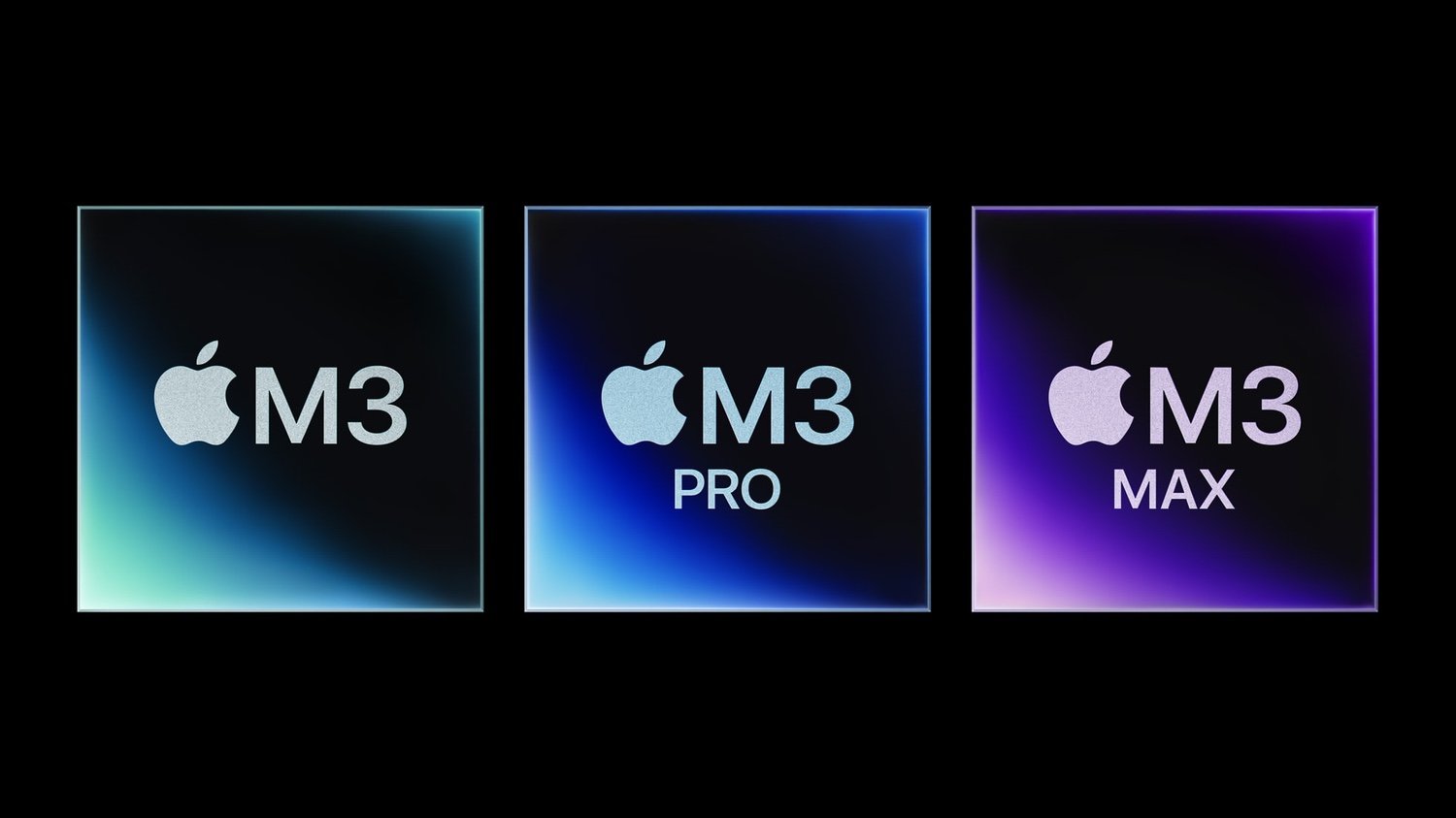
With all of Apple’s product line now updated to the company’s own processors, you have options at all prices, and in just about all possible form factors.
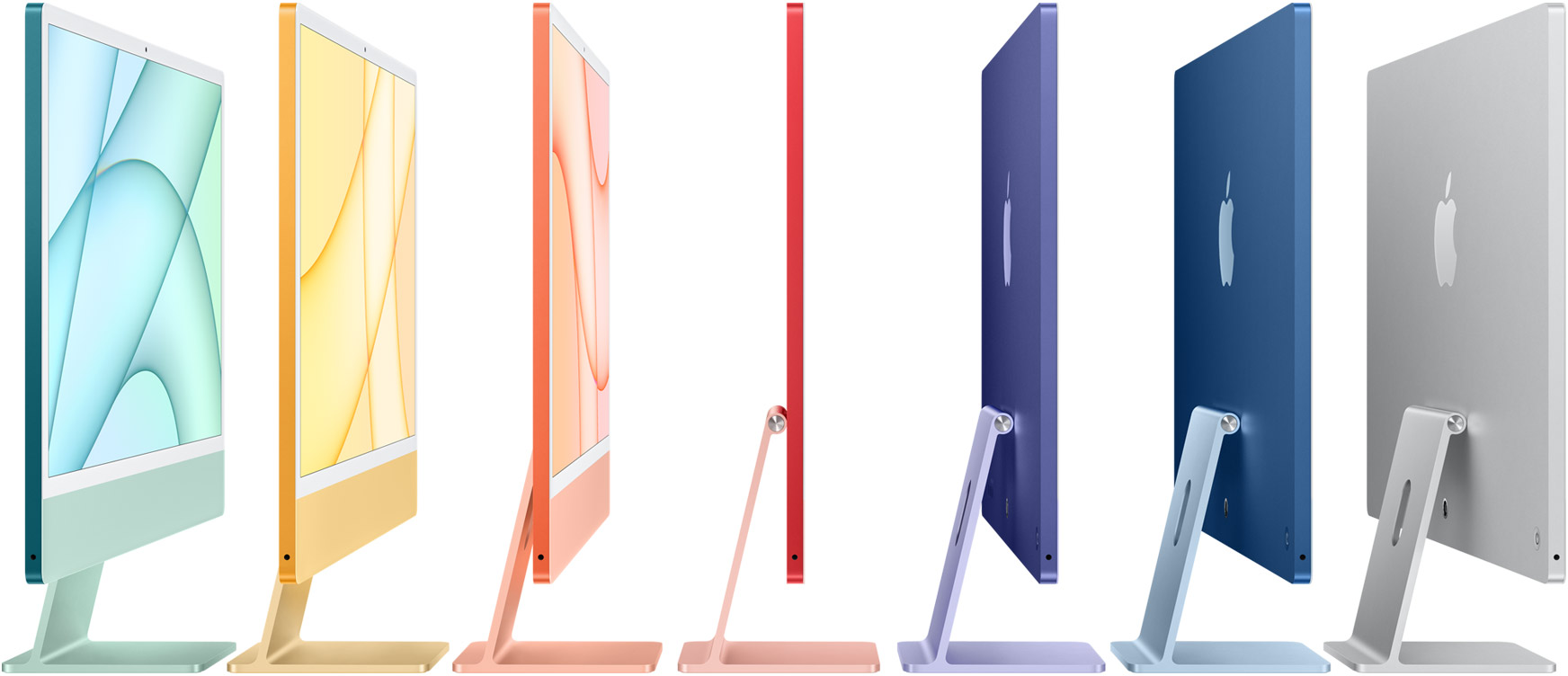
M3 iMacs come in seven colors.
Cost
Before March 2022, I would have said that, if money is no object and you need a workhorse, don’t waste too much time. Go for the Mac Pro. At a current cost of $6,999 and up, this is the Rolls Royce of the desktop Mac, and you can configure it with extra memory and storage to a cost of over $12,000, if you need ultimate computing power. It benefits from expandability that no other current Mac offers: it has sever PCI slots, and eight Thunderbolt ports, and can support up to eight displays.
Paired with Apple’s $5,000 Pro Display XDR, this is the ultimate workstation for high-value digital creation. If you need the Mac Pro, you know you need it. (Spoiler: most of us don’t need it, but there are those for whom it’s an essential tool.)
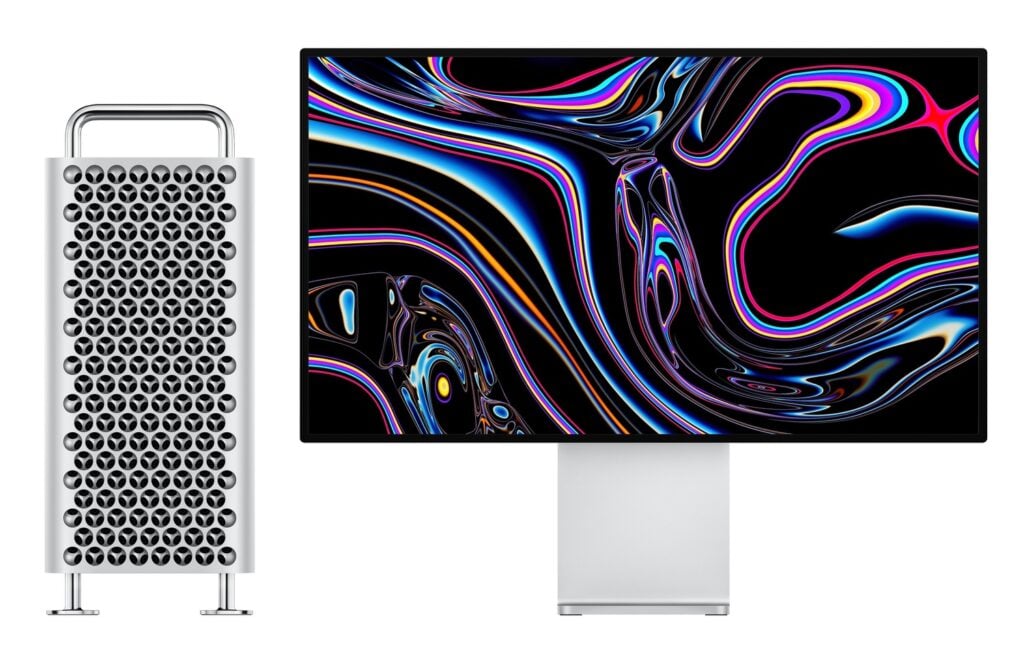
The Mac Pro with Apple’s Pro Display XDR.
Mac Studio: the “Mac Pro mini”
If you don’t need the power of the Mac Pro—and, let’s face it, most people don’t—Apple’s Mac Studio, the first model of which was released in March 2022, is the way to go if you’re a pro.
The Mac Studio looks like a grown-up Mac mini. This Mac debuted the M1 Ultra processor; it is made up of two processors linked together, to provide double speed, double memory, and double GPU power.
Updated in June 2023 to use M2 processors, the Mac Studio is substantially less expensive than the Mac Pro. The M2 Ultra model starts at $3,999, but a less powerful model, with an M2 Max processor, starts at (just) $1,999. Together with Apple’s $1,599 Studio Display, this provides a powerful workstation for creative pros. The Mac Studio supports up to 192 GB unified memory and 8 TB SSD storage, but even fully maxed out, only costs $8,799, about $2,000 more than the base Mac Pro.
However, the Mac Studio is not expandable, and you may need certain types of expansion cards that you can only add to the Mac Pro.
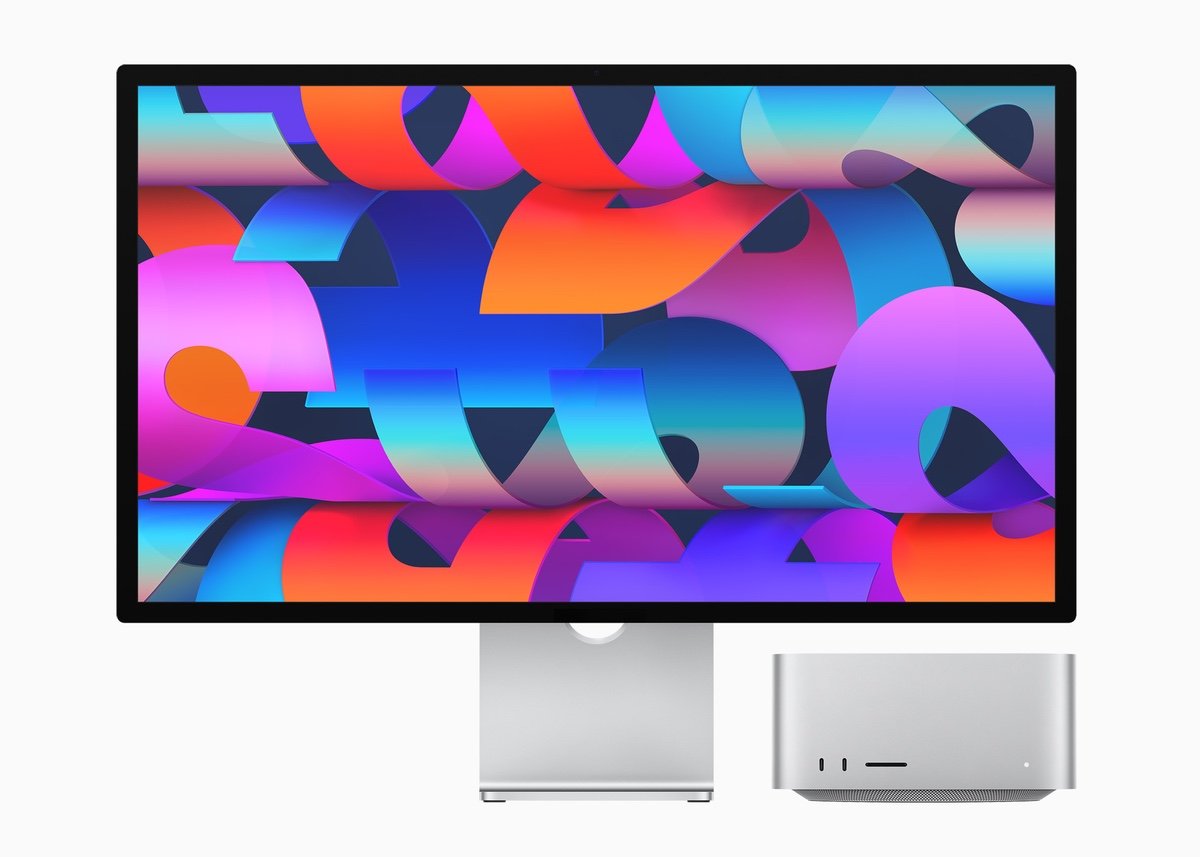
On the laptop side, the high end is the 16″ MacBook Pro, updated in October 2023 with an M3 Pro processor, which starts at $2,499; its price rises if you bump it to the M3 Max processor, and if you up the memory and storage. It’s possible to configure a 16″ MacBook Pro to cost $7,199. (I discuss memory and storage below.)
What do you use your Mac for?
Do you just use a Mac for browsing the web, sending email, perhaps streaming music or playing simple games? If so, you the cheapest Mac is the best choice. Go for the base model M3 MacBook Air, which sells for $1,099; you won’t regret this. Apple upgraded the processor on this model, their best-selling laptop, in March 2024. Apple is still selling the M2 MacBook Air for $999, and this Mac isn’t very old, and the bump in the processor doesn’t make much of a difference for most uses.
However, if you’re a serious gamer or if you shoot a lot of videos or edit photos, then you’ll want a Mac that can handle the load. With seven processors now available – the M2, M2 Pro, M2 Max, M2 Ultra, M3, M3 Pro, and M3 Max – what seemed simple when Apple first released these Macs has now gotten more complicated.
Perhaps it’s time to ignore all this. The transition from Intel to M-series processors marked a big change in the speed of all Macs; you probably don’t need to think much about processors, unless you’ve decided on a Mac model and want to choose which version you want.
Should you use a mobile Mac?
Do you want portability? If so, how much weight are you willing to carry around? Do you want a computer that you can use on your desk but that you can fold up when you don’t need it? Today’s laptops can offer the best of both worlds for many people. Even if you find the display a bit small for home or office use, you can connect an external monitor, and you can put it out of the way when you aren’t using it and don’t want to see it.
If weight matters, then the 13″ MacBook Air at 2.7 lb. is the lightest of Apple’s laptops, trailed by the 13″ MacBook Pro at 3 lb. The 15″ MacBook Air weighs 3.3 lb., the 14″ MacBook Pro weighs 3.5 lb., so there’s not much difference in weight for the larger models. However, the and the 16″ MacBook Pro is noticeably heavier at 4.7 lb.
If your computer usage is fairly light and if there are no special apps you need—and if you don’t need to work with lots of files that you copy to and from your computer—you might even want to consider an iPad.
Desktop Mac pros and cons
If you work at a desk – at home or in an office – and don’t need a portable computer, then the iMac is the best choice. Only the 24″ model is available; Apple discontinued the 27″ iMac when the company released the Mac Studio, so if you do want a larger display, you should consider either a Mac mini with Apple’s Studio Display, or the new Mac Studio, paired with the same display. Or, you could work with a laptop connected to the Studio Display, offering you both desktop and portable usage with the same Mac.
In October 2023, Apple upgraded the M1 iMac to the M3 processor, giving it a two-generation jump, and making it one of the fastest Macs available. While it doesn’t offer Pro or Max options, these faster chips are mostly useful if you’re using pro apps, such as video editing, audio composition, or scientific research tools. Starting at $1,299, this isn’t much more expensive than a laptop. However, the cheapest iMac only has two Thunderbolt / USB 4 ports, and if you use several peripherals, this will be limiting. For $1,499 you can get the next model with four ports, which is much more flexible.
The Mac mini was updated to the M2 processor in January, 2023, and its price dropped to $599 for the base model. It’s a great computer for many use cases: it’s small and quiet, and only requires that you add your own peripherals. With options for an M2 Pro and M2 Max, you can get excellent performance from the Mac mini, even compared to the Mac Studio, though with more limited connections.
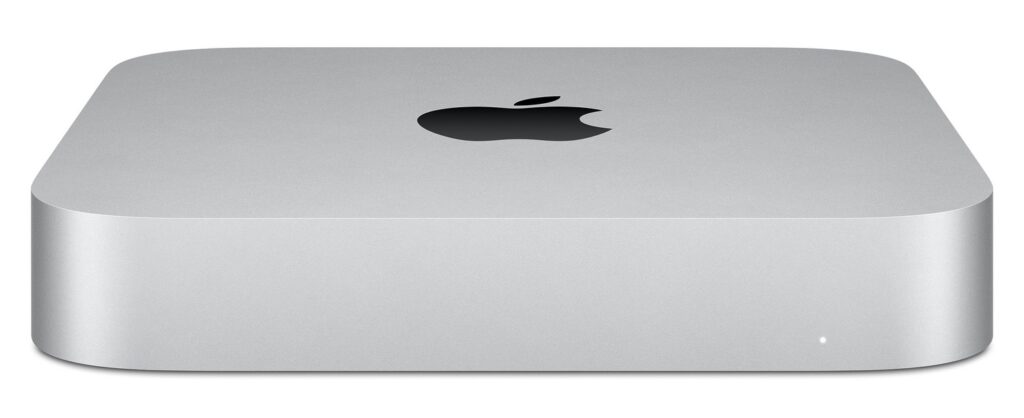
The Mac mini.
Mac laptop pros and cons
Apple has two laptop lines: the MacBook Air and the MacBook Pro. The MacBook Air comes in 13″ and 15″ models, and the MacBook Pro is available in 14″, and 16″.
The M3 MacBook Air is a great choice for anyone who wants a powerful, yet inexpensive Mac. It’s a totally new take on Apple’s lightest laptop. Gone is the aerodynamic wedge shape of the original MacBook Air, and it now looks a bit like two iPad Pros stacked together. The M3 MacBook Air is fanless, has a Liquid Retina display and MagSafe charging, and boasts up to 18 hours of battery life. The 13″ model costs $1,099 and the 15″ costs $1,299.
It’s fair to say that the MacBook Air is the Apple laptop for everyone. Unless you need pro power – see below – then don’t look any further.
Do you need a “Pro” MacBook?
Apple offers 14″ and 16″ MacBook Pros with M3, M3 Pro, and M3 Max processors. Prices for these models start at $1,599, $1,999, and $2,499 respectively. In late 2023, these are the fastest Macs available; at least if you only look at the processor. A Mac Studio with an M2 Ultra is a bit faster than an M3 or an M3 Pro, but it’s not very useful to try to make these comparisons. If you need a fast laptop, to work with pro apps, the MacBook Pro is for you.
With up to 128 GB memory and up to 8 TB storage, these Macs are powerhouses; they can handle anything you can throw at them. But most people won’t need those specs, nor will they want to pay the prices for those bumps, but even the base models are excellent Macs that will last for many years.
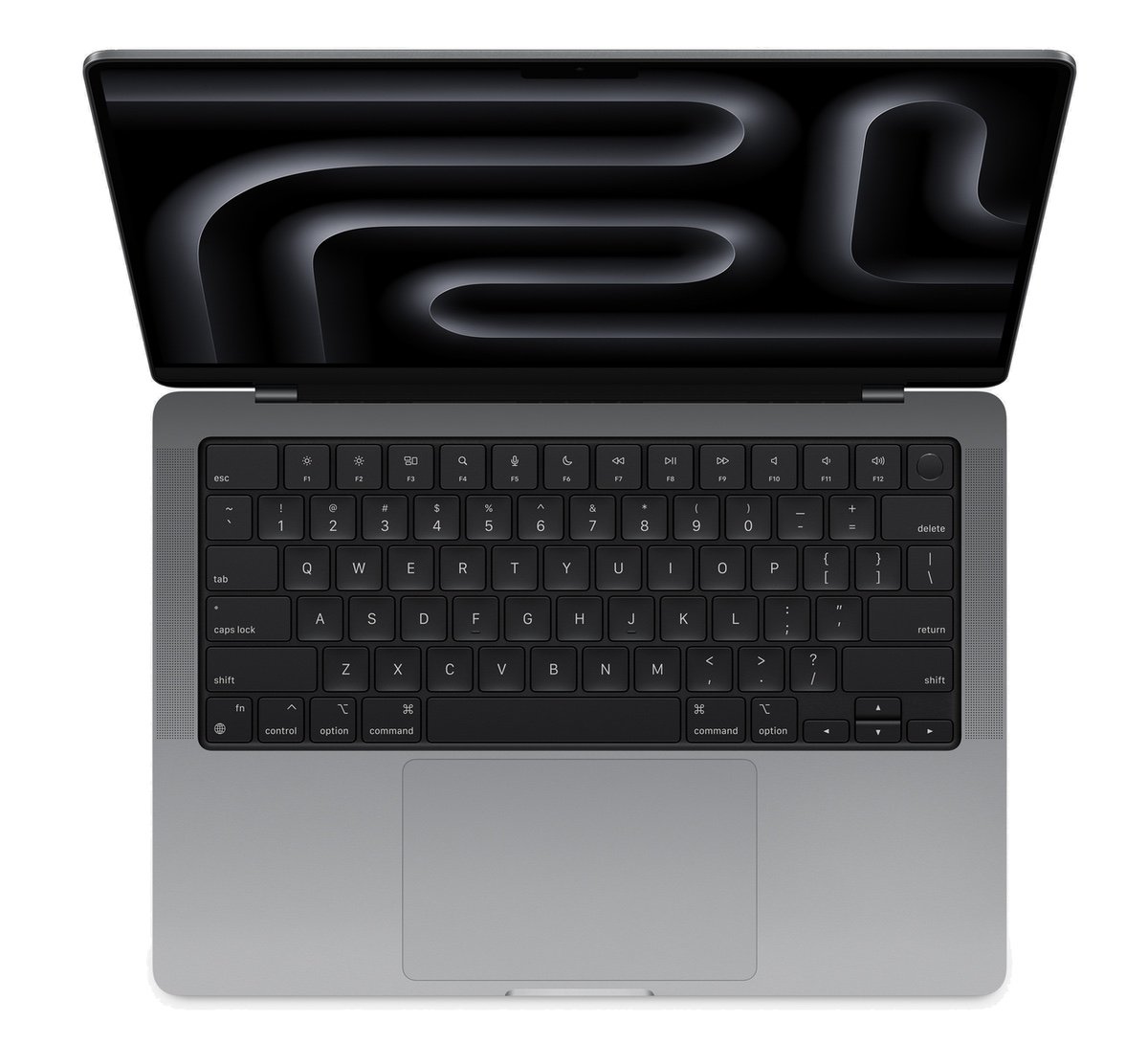
The 14″ MacBook Pro.
Storage and memory
Apple makes a lot of money on its build-to-order models where you add storage and memory to your Mac. And they’re not calling this RAM anymore on their own processors, but rather unified memory, since it is shared across the processor by its different subsystems. For example, if you buy the 13″ M3 MacBook Air with 8 GB memory, its base price is $1,099. If you want to add another 8 GB to it, that’s $200 more, and another $200 to max it out at 24 GB. To double the storage from 256 GB to 512 GB, that’s another $200. With the maximum 24 GB memory and 2 TB SSD storage, that computer is now $2,299.
If you look at the more recent M3 Pro and M3 Max models, you have more options for the processor, memory, and storage. You can configure the MacBook Pro with up to 16-core CPU, 40-core GPU, and 128 GB unified memory. And you can squeeze up to 8 TB storage in the MacBook Pro and 2 TB in the iMac. The Mac Studio lets you go up to 192 GB of memory and 8 TB storage.
Are extra gigabytes of RAM actually necessary?
Do you really need extra memory and storage? The arrival of the M-series Macs has changed this calculation. When the first M1 Macs were released, I bought the base M1 MacBook Air, and, for the first time ever, I stuck with the default memory, just 8 GB. I was able to use this with the most demanding tasks that I perform, and the computer didn’t even blink. (To be fair, I don’t do video editing, or work with pro apps, which need more memory.) When I upgraded to the M2 MacBook Air, I decided to spec it out, with 16 GB memory and a larger SSD. This is more than sufficient for the work I do, but I think I might have been able to get by with just 8 GB memory.
On the newer MacBook Pro models, memory starts at 8 GB, and can go up to a whopping 128 GB, depending on the processor option. If you use your Mac for processor-intensive tasks, you may want to go for the maximum, but that’s really putting the “pro” in the MacBook Pro. These certainly are pro computers: they can handle heavy video editing, and, in this case, get as much as you can afford. But don’t think that 128 GB memory will change your everyday work if you don’t do demanding computing tasks. This said, 8 GB may not be sufficient, and for future-proofing, it’s a good idea to up the memory to at least 16 GB.
How much SSD storage do you need?
As for storage, one rule of thumb is to look at your computer today and see how much you use, then double that amount. Because over the lifespan of the computer, your apps will get larger, you’ll have more photos, more music and more videos. However, if you have a very large music or video library, you may not need to pay for extra storage; with a desktop Mac, you can use an external drive. External SSDs are inexpensive, and take up little space, so if you need, say, 1 TB of passive storage, that’s your best option. (See this article for more on choosing the right type of drive.)
However, if you do pro work, and need fast internal storage, you can configure the M3 Max MacBook Pro with up to 8 TB, but this will set you back an additional $2,400.
One way to save money
You may be able to save money by checking out the Refurbished and Clearance section on Apple’s online store. Here you’ll find Macs and other Apple products at generally 15% off. These may be last year’s models, but they benefit from the full Apple warranty and you can even buy AppleCare protection. I’ve bought Macs like this and they are a good way to save money. You don’t have any configuration options, though, so you need to find a Mac that matches your needs. At the time of this writing, Apple is selling a number of M2 and M3 Macs on their refurbished page. Apple is even still selling some refurbished Intel Mac Pros from 2019; they’re quite expensive, but if you really need an Intel-based Mac for some specific reason, this is your last chance to get one directly from Apple.
Beware, however, that buying an older model means that you won’t be able to get the latest macOS upgrades for as many years in the future. So while you may save money up front, you might pay just as much in the long run—assuming you buy new hardware whenever Apple drops your Mac model from the next macOS version’s compatibility list. Apple hasn’t said how many more years it will continue to release major macOS versions for Intel-based Macs; Intel support for new macOS versions could potentially end as soon as fall 2025 or 2026, but only time will tell.
There are lots of choices for Macs today, covering a wide range of size, weight, power, and price. Now that Apple’s transition to its own processors is complete, this is a good time to get a new Mac that is fast, and has the potential to serve you for many years.
How can I learn more?
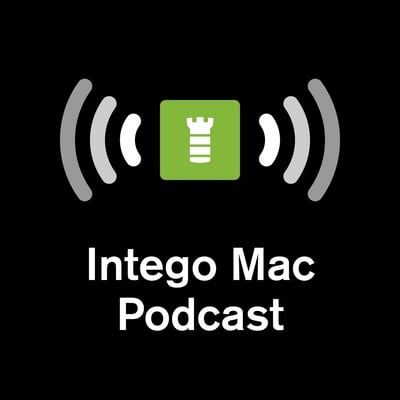 Each week on the Intego Mac Podcast, Intego’s Mac security experts discuss the latest Apple news, including security and privacy stories, and offer practical advice on getting the most out of your Apple devices. Be sure to follow the podcast to make sure you don’t miss any episodes.
Each week on the Intego Mac Podcast, Intego’s Mac security experts discuss the latest Apple news, including security and privacy stories, and offer practical advice on getting the most out of your Apple devices. Be sure to follow the podcast to make sure you don’t miss any episodes.
You can also subscribe to our e-mail newsletter and keep an eye here on The Mac Security Blog for the latest Apple security and privacy news. And don’t forget to follow Intego on your favorite social media channels: ![]()
![]()
![]()
![]()
![]()
![]()
![]()